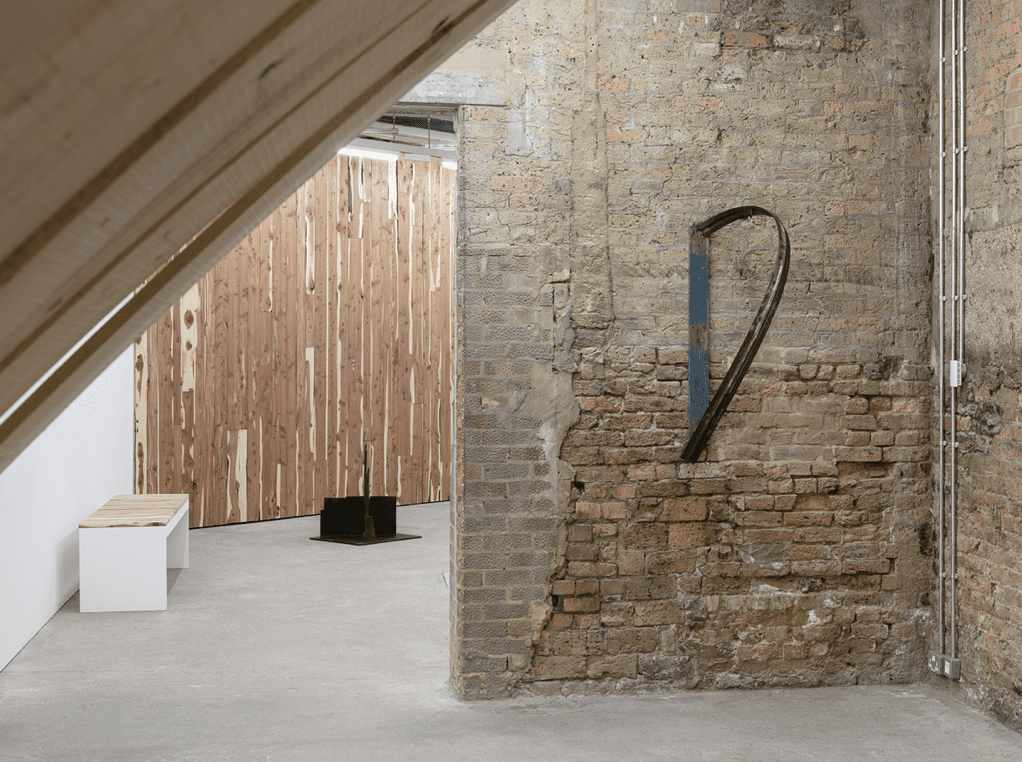
Virginia Overton – Animal Magnetism
07 May - 31 July
American artist Virginia Overton’s exhibition includes sculpture and installation, beginning with materials reclaimed from industrial contexts, previous artworks, and scavenged from the gallery. Born in Tennessee, her work is informed by memories of her family farm, and processes of industry and repair. She primarily works with raw construction materials such as timber, metal, glass, stone, plastic, piping and lighting, to fashion objects that are at once new and readymade. Dubbed a “serial re-user”, she often breaks these artworks down again at the end of an exhibition into their component parts, to be recycled and reassembled into new future artworks and installations. In this way, Overton’s sculpture creates balance between control and decay.
The exhibition features a group of new works made in response to the architecture of the CCA building, alongside existing works and reworked materials from previous artworks. Overton’s new works incorporate steel offcuts and objects by celebrated British artist Sir Anthony Caro, stored at Yorkshire Sculpture Park and intended for re-use by future generations of artists. Caro’s sculptural legacy is continued by Overton’s exploration of weight, form and material, through her distinct lens. Much of Caro’s steel has corroded over time, adding a further elemental consideration to Overton’s treatment through her integration of this weathering. Made with this passed-down material, the exhibition includes a new, playable “chime” of suspended shards and cut-off pipes, an indoor sculpture garden, and a room-sized “disco” installation of sound, light and sculpture. The exhibition also features works that have now become hallmarks of Overton’s handling of buildings’ signage and decoration, including a new light-box sign bearing Goldsmiths CCA’s name.
The show at the CCA continues Overton’s instinctive way of responding to the contexts and conditions of exhibitions – revealing the circulation, production and architectural framing of artworks. She often challenges this by subtle, poetic interventions in the space: wedging an object into a gallery, altering the flow of visitors, revealing materials usually kept in storage. In this way, the institution becomes the subject of the work, and is reinterpreted through Overton’s site-specific attention to architectural details. She is interested in “making a new place out of an old one, creating another way of being in it, looking at it, and walking through”.

General Info